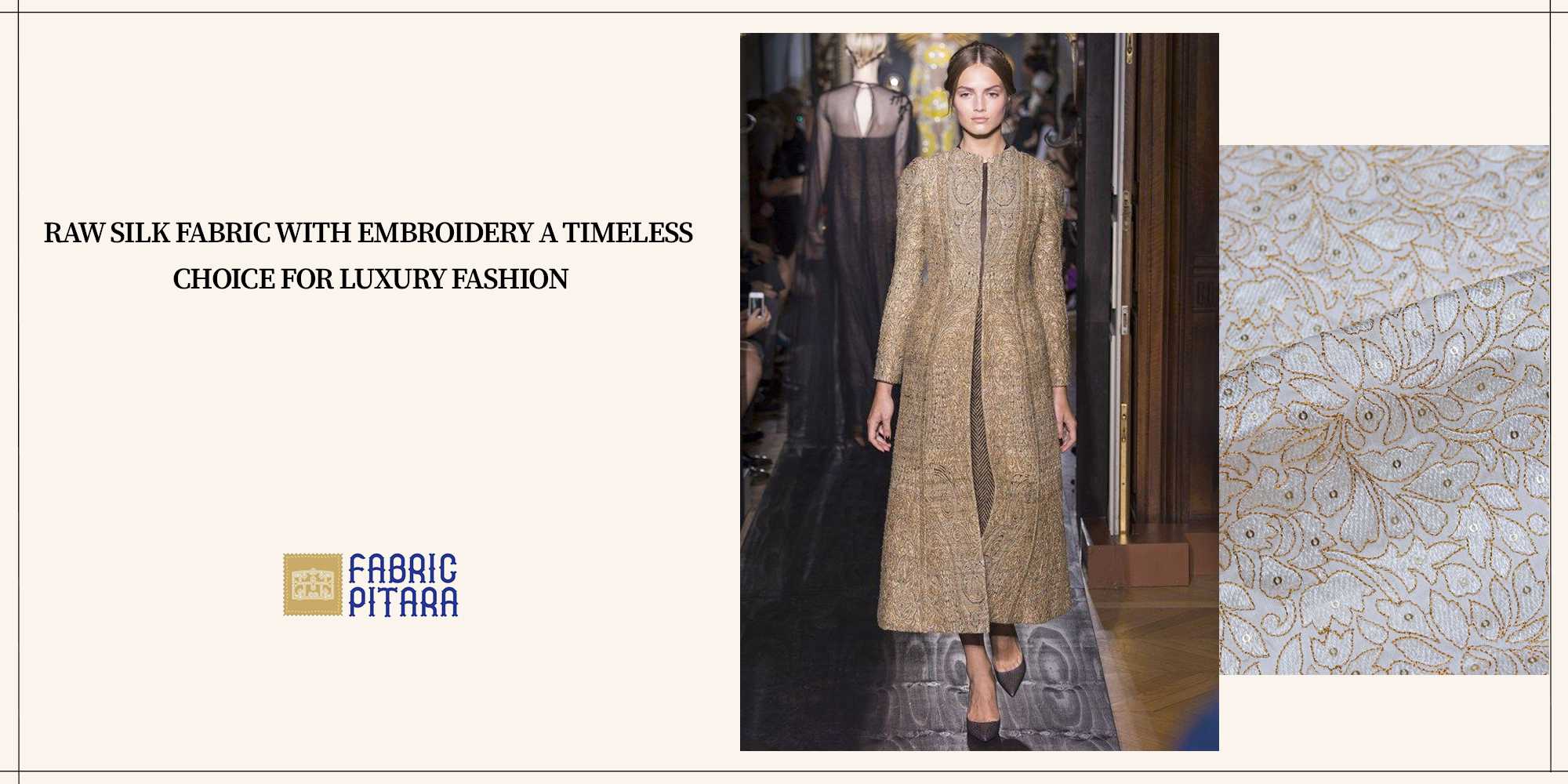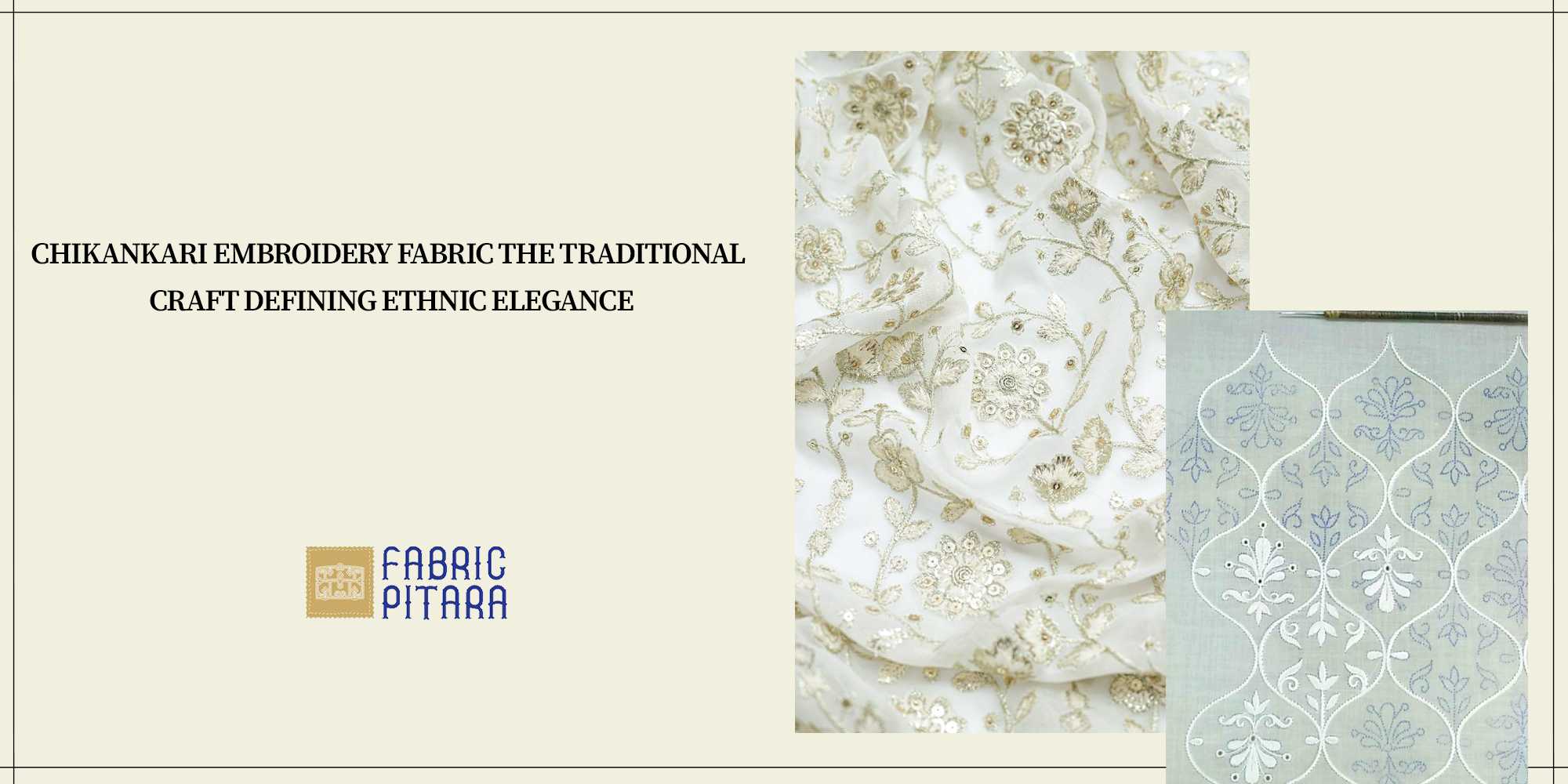
In all its shimmering beauty, organza fabric has captured millions of hearts for centuries. Trans-boundary and -cultural, it has left in its wake trails of elegance and sophistication. Today, we voyage through time, unveiling the secrets of this mesmerising material.

A Gossamer Dream Born: The Early Encounters with Organza
The exact origins of organza fabric are a bit murky. The tale is told that it begins in Mesopotamia, where already in the 8th century AD, craftsmen could have created a similar material out of silk. Most probably, the fabric understood nowadays as organza emerged in Central Asia around the 12th century AD. The word "organza" is considered to be derived from the Greek "organon," meaning "instrument" or "tool," which perhaps refers to looms used in its creation.
From East to West: The Silk Road and the Spread of Organza
Organza was brought into the rest of the world through this sprawling network of trade routes from East to West—the Silk Road. On many occasions, Central Asian weavers used silkworm filaments to work with the thin material. Traders transported organza along the Silk Road, where it enchanted kings and princes alike.
A Fabric Fit for Royalty: Organza in Europe
By the 14th century, organza had swept into Europe, already having captured the souls of the elite. To them, it was a luxury and a sign of extravagance due to its sheerness and shimmer. European nobility used this ethereal-like fabric to clothe themselves in flowing and illustrate designs of garments. Picture a queen at a ball—one that drifts across the floor in an organza gown, shimmering along with each movement like a cloud, an epitome of grace and elegance.
Beyond the Court: Organza Finds New Uses
Though organza was first associated with royalty, its intrinsic versatility slowly extended its uses beyond the court to highly talented artisans who began using it in interior decoration for flowy curtains, tablecloths, and even wall hangings. Because it diffracted light while being light-sensitive, it was perfect for diffusing light without giving a place a thick atmosphere.

The Rise of Dyeable Organza: Kaleidoscope of Colors
New ways of dyeing were invented in the 18th and 19th centuries, allowing organza to take a new step-up in the textile world. Dyeable organza fabric, particularly in the making of garments and many accessories, is the way to go, as it is available in such a huge array of colours. It was this newfound vibrancy that made organza a staple with not only fashion designers but also among everyday people.
A Global Icon: Organza Takes Center Stage in Asia
Organza would eventually find its place in history, especially in Asia, more precisely in India. Delicate fabric found a place in the iconic saree—grace and elegance incarnate. These sarees will make for stunning wearable creations in a vibrant colour range, often teamed up with some intricate embroidery or embellishment work. From the busy streets of Mumbai to the serenity of Kerala temples, this organza saree is an utterly timeless piece talking of Indian culture.
The Modern Age: Organza Reinvents Itself
Today, organza fabric keeps evolving to find new uses in the ever-changing world of fashion. While it still is an unbelievably popular fabric for many formal wear ensembles and special garments, it's also dramatically being reinvented by designers who create innovative pieces that are contemporary. Organza adds an ethereal quality to everything from structured jackets and full skirts down to whimsical blouses and delicate accessories abounding in today's modern creation of fashion.

Organza: A Saga of Refined Taste, the Timeless Charm
The Organza fabric narrates a saga of timeless charm. The journey—across continents and centuries—speaks through the ability of its timelessness, glittering across the gowns of Europe's royal courts and in the dynamic sarees of India, organza has left its mark on the world of textiles. This beguiling fabric will, into the future, go on to inspire designers and followers of fashion alike; its legacy of elegance is woven into every thread that makes it up.







